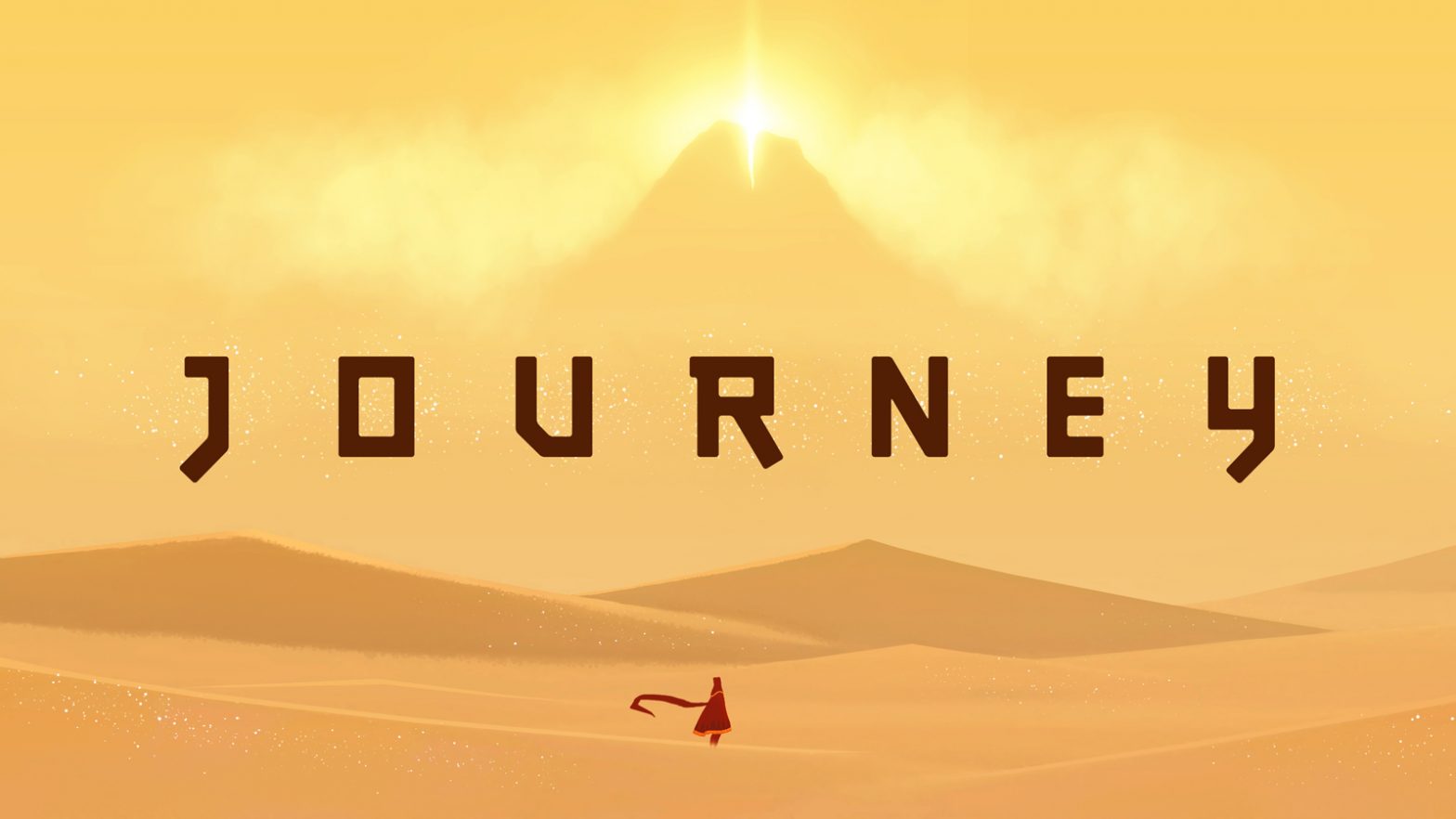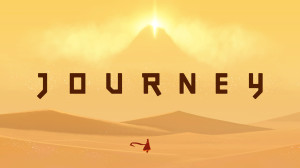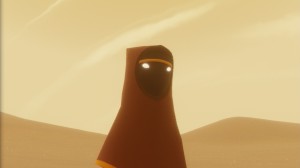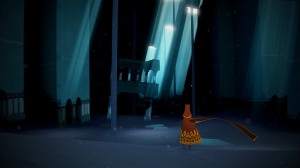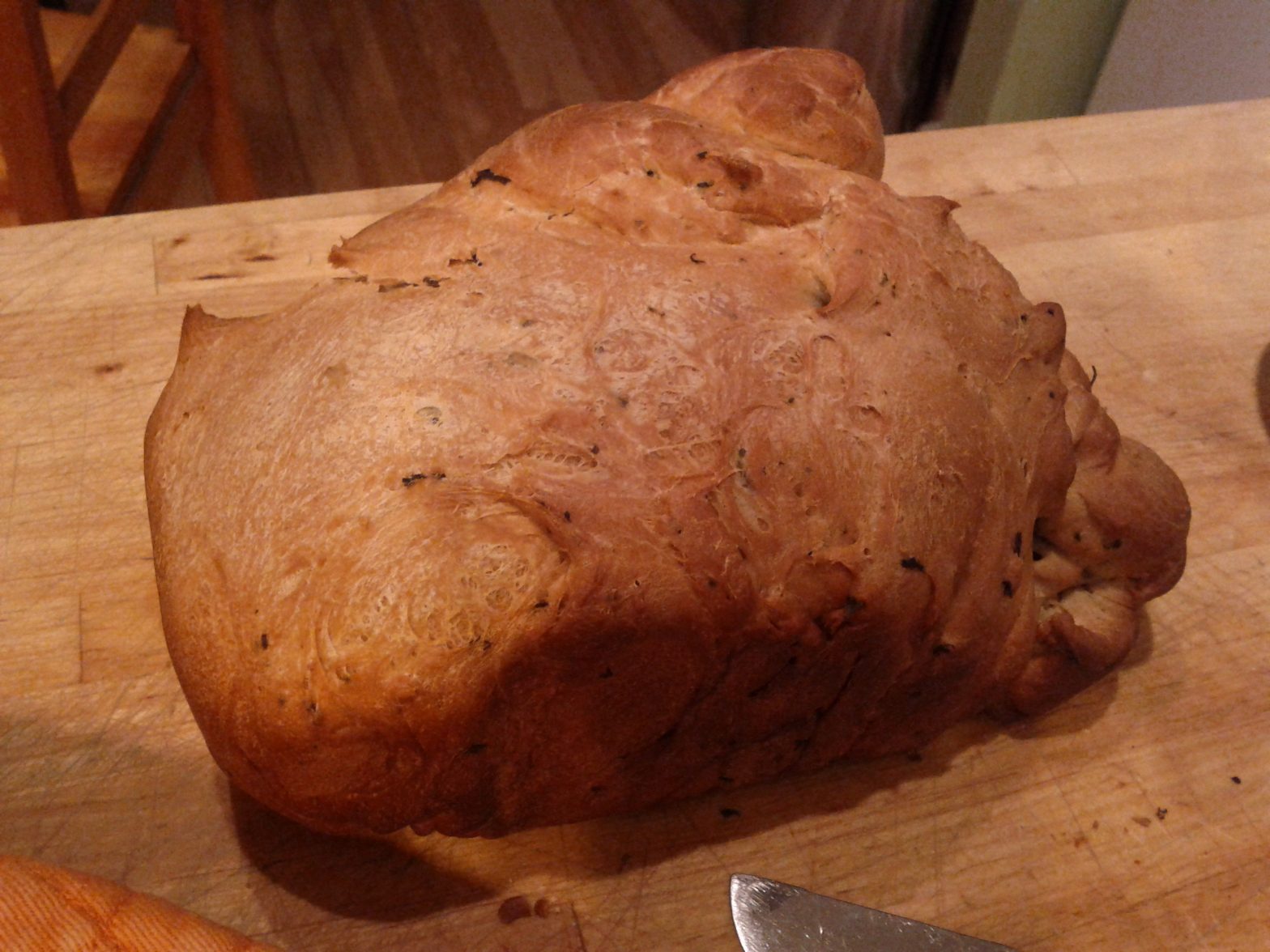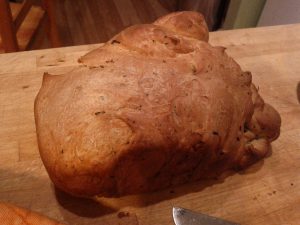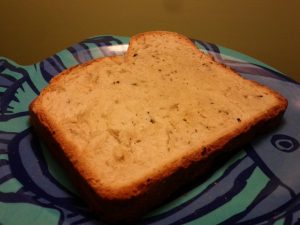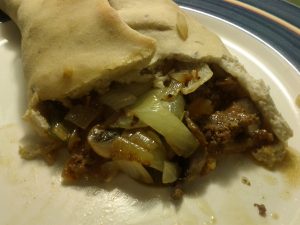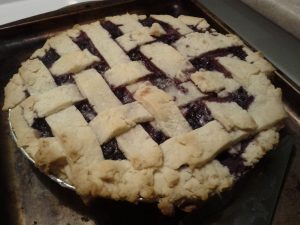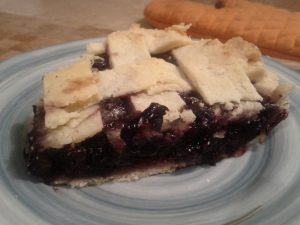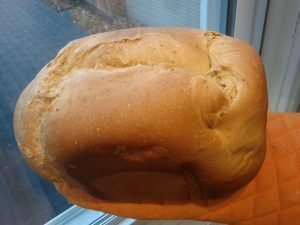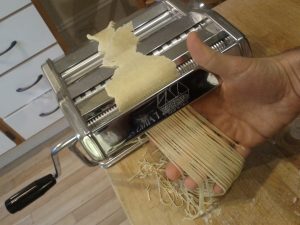I don’t easily dismiss the bigotry expressed by the Pope. I’m going to post some snippets from two of his speeches this month. One was entitled For the Celebration of the World Day of Peace, the other was his Christmas address.
I found his wording particularly irresponsible, but I don’t think there’s any need to express my frustration here. The reason I’m posting this at all is because I think there’s value in knowing what people who influence legislative decisions and policy believe. As far as Ontario goes, the Vatican wields quite a bit of power, more than I think people give credit.
Highlights: Abortion is a crime against life, marriage equality is a threat to world peace, the existence of families with two moms and a kid constitutes an attack, and queer parents who adopt are selfish.
On Abortion
“Anyone who loves peace cannot tolerate attacks and crimes against life.”
“…killing of a defenceless and innocent being…”
“Those who insufficiently value human life and, in consequence, support among other things the liberalization of abortion…”
“…expressions aimed at promoting a supposed right to abortion and euthanasia, pose a threat to the fundamental right to life.”
On Marriage Equality
“There is also a need to acknowledge and promote the natural structure of marriage as the union of a man and a woman in the face of attempts to make it juridically equivalent to radically different types of union; such attempts actually harm and help to destabilize marriage…”
“…since this constitutes an offence against the truth of the human person, with serious harm to justice and peace.”
On Queer Families
“…the attack we are currently experiencing on the true structure of the family, made up of father, mother, and child, goes much deeper.”
On Adoption
“…the child has become an object to which people have a right and which they have a right to obtain. When the freedom to be creative becomes the freedom to create oneself, then necessarily the Maker himself is denied and ultimately man too is stripped of his dignity as a creature of God, as the image of God at the core of his being.”
On Gender Identity
“These words lay the foundation for what is put forward today under the term “gender” as a new philosophy of sexuality.”
“The profound falsehood of this theory and of the anthropological revolution contained within it is obvious.”
“…being created by God as male and female pertains to the essence of the human creature. This duality is an essential aspect of what being human is all about, as ordained by God.”
“The manipulation of nature, which we deplore today where our environment is concerned, now becomes man’s fundamental choice where he himself is concerned.”

